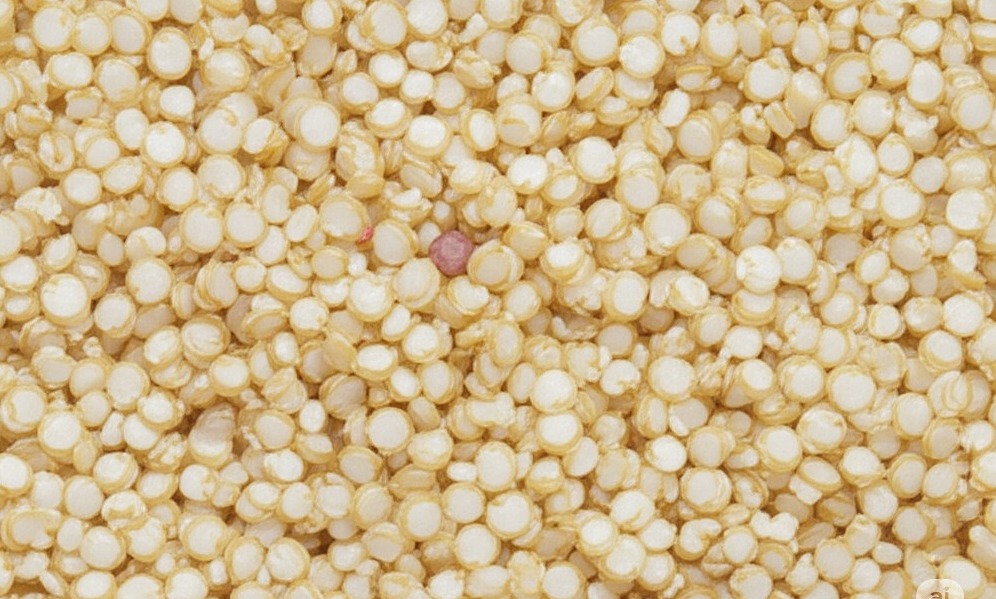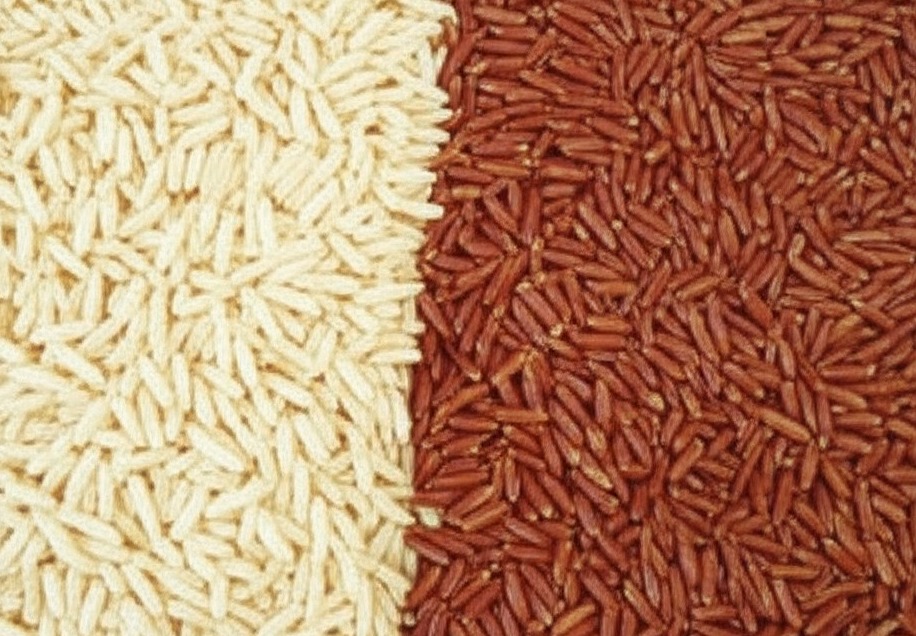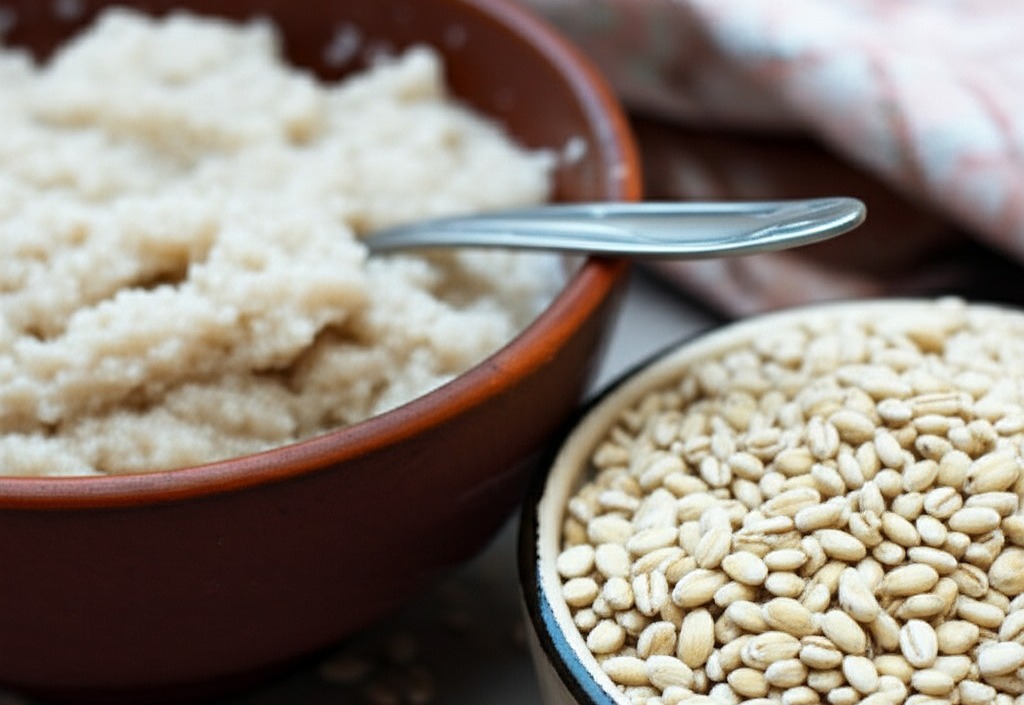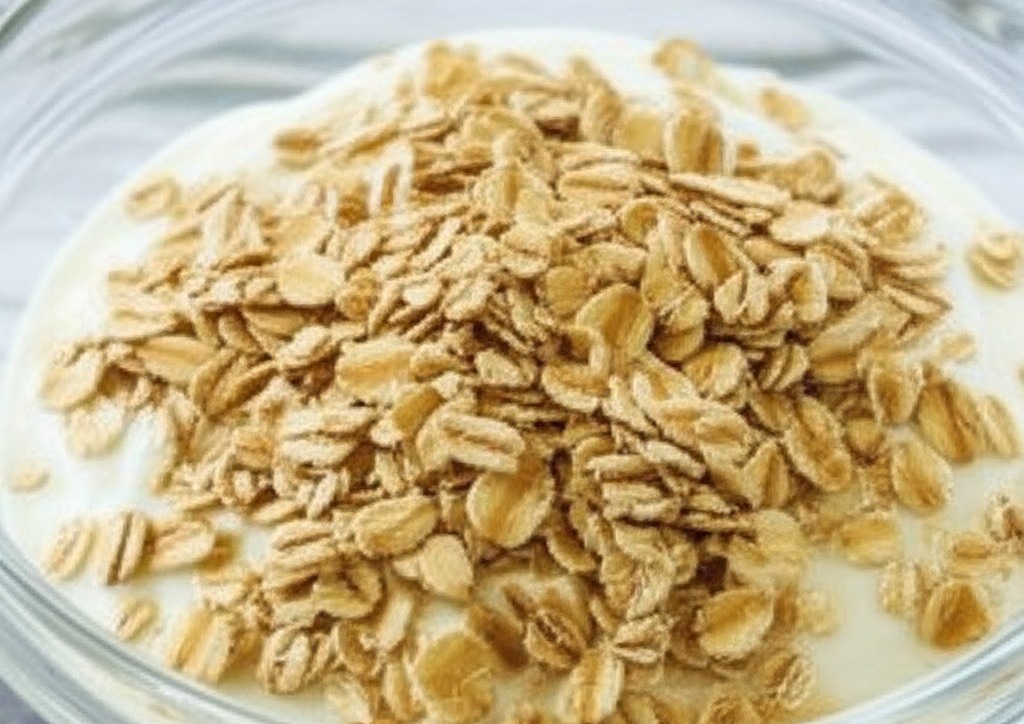 |
Insulin resistance occurs when the body's cells don't respond effectively to insulin, resulting in high blood sugar. Obesity, an unhealthy diet, and a lack of physical activity increase the risk of insulin resistance. Over time, this can lead to health problems like type 2 diabetes and cardiovascular disease.
Quinoa has a smooth texture, high fiber content, and a low glycemic index, which supports healthy blood sugar levels after meals and improves insulin sensitivity. Quinoa is also rich in protein, which slows digestion and promotes satiety. It can be enjoyed as a side dish or incorporated into salads, stir-fries, or stews.
 |
Brown rice contains 3 g of fiber per one-cup serving. While it may not lower fasting blood sugar or improve A1C levels (average blood sugar over three months), brown rice can slow down the digestion and absorption of carbohydrates. This helps reduce post-meal glucose spikes and may improve insulin sensitivity.
This mildly flavored whole grain serves as a staple in savory rice dishes, mixed rice meals, and even desserts.
 |
Barley is rich in soluble fiber, with 100 g containing 5 g. Like oats, barley contains beta-glucan, which can positively impact post-meal blood sugar levels and promote insulin sensitivity by slowing digestion and absorption. Barley can be used in porridge, soups, stews, and salads.
 |
Oats are an excellent source of soluble fiber, particularly beta-glucan, which helps prevent blood sugar spikes, improve insulin sensitivity, and lower LDL (bad) cholesterol. Regularly consuming 5 g of beta-glucan from oats can help improve A1C levels in people with diabetes. Each 100 g serving of oats contains approximately 4 g of beta-glucan.
 |
Millet has a low glycemic index but is rich in both soluble and insoluble fiber, which can help lower cholesterol and post-meal blood sugar. Insoluble fiber can improve gut health, which plays a role in blood sugar control and insulin sensitivity.
Anh Chi (According to Eating Well)
Photo: Anh Chi, AI












